Beef Industry and General Management
All Beef Industry and General Management Content
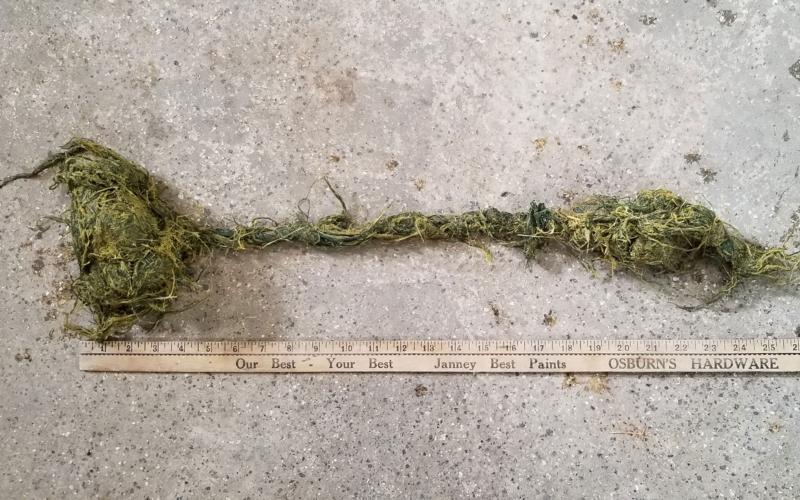
Summary of Forage Binding Survey and Current Net Wrap Research
Recently, cattle producers and veterinarians have become more concerned with the possible ingestion of net wrap or twine from hay bales and the negative impacts it could have on cattle health and performance.
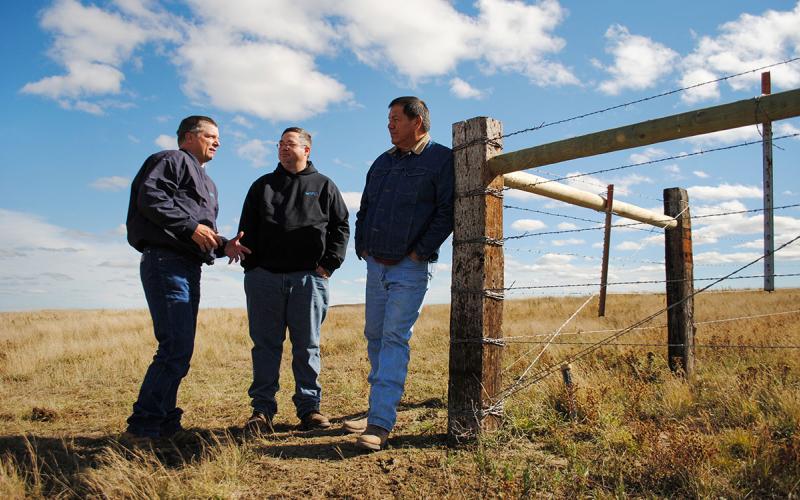
Five Range Management Principles: #2 Creating a Grazing Plan
Creating a grazing management plan can be overwhelming. Learn the basic steps for outlining a plan, along with several resources to help identify the right strategy for your operation.
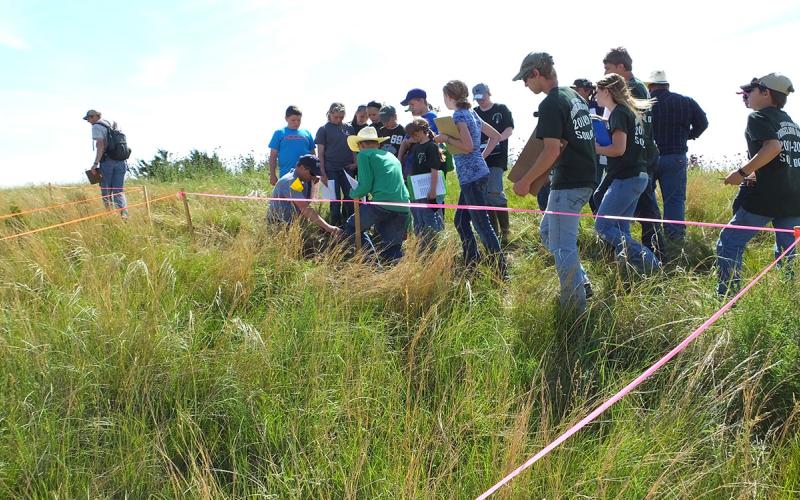
38th Annual Rangeland and 17th Annual Soils Days Held in Murdo
August 15, 2022
SDSU Extension, along with the Jones County Conservation District and the South Dakota Natural Resources Conservation Service (NRCS), hosted the 38th Annual Rangeland and 17th Annual Soils Days June 14-15, 2022, in Murdo, South Dakota.
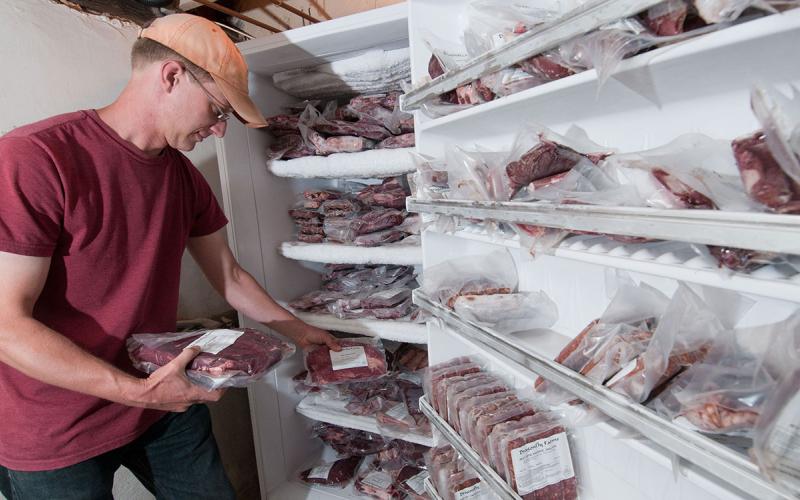
Raising Freezer Beef: Meeting Customer Expectations
A variety of factors may lead consumers to purchase beef directly from a producer. When purchasing freezer beef, most consumers expect an eating experience that would be as good or better than buying beef from retail.
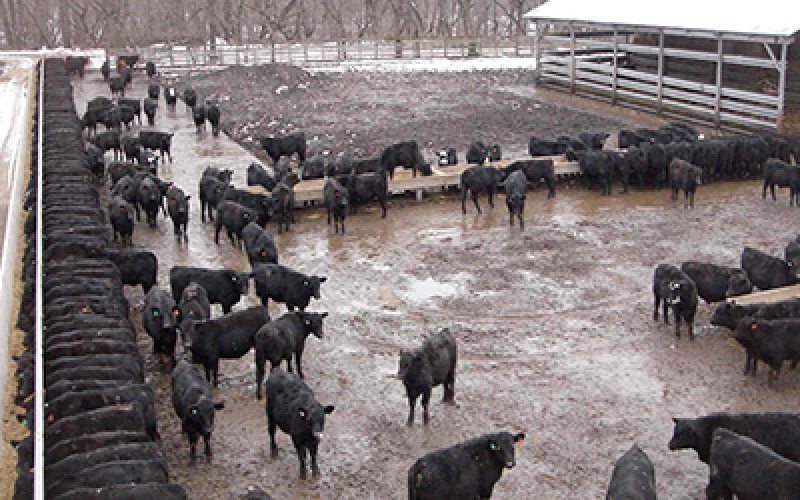
How Much Meat Can You Expect from a Fed Steer?
The yield of edible meat from a beef carcass often comes as a bit of a surprise, even to those that have had their own meat processed for years. A previous article covered dressing percent—the percent of the live animal weight that becomes carcass weight, which for fed beef is usually around 62-64%. In other words, from a 1200 pound steer, you can expect a 740 – 770 pound carcass.

Hormones in Beef: Myths vs. Facts
Confusion and concern often surround the use of hormones in beef production. It's important to understand that hormones are naturally occurring in cattle, and if they were eliminated completely, the animal could not survive.

Guide for Purchasing Freezer Beef, Pork and Lamb
Purchasing meat directly from farmers and ranchers has become a prominent consumer trend. This article focuses on purchasing a beef animal, pig or lamb to stock your freezer.
Cell-Based Meat Products: Background and Current Status
There is ongoing development of cell-based or lab-grown meat products by numerous companies around the world.
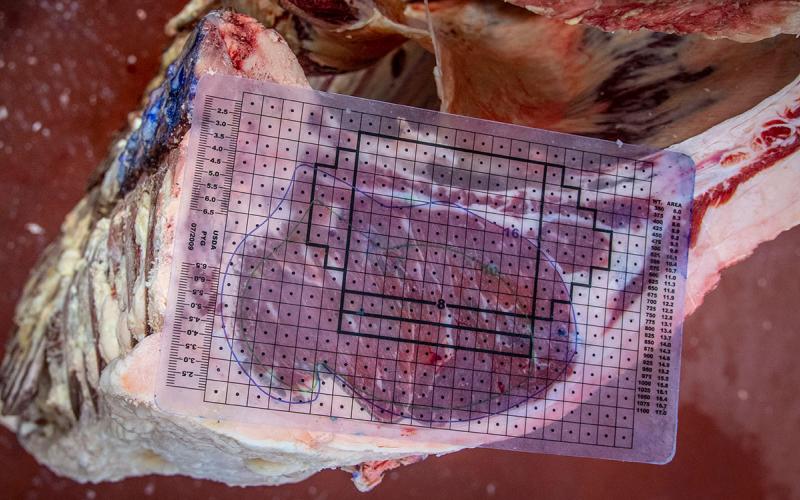
Beef Carcass Yield Grades: What do they mean and how are they calculated?
Beef carcass yield grades are used to estimate cutability, which is the amount of boneless, closely trimmed retail cuts from the round, loin, rib and chuck a carcass will yield.
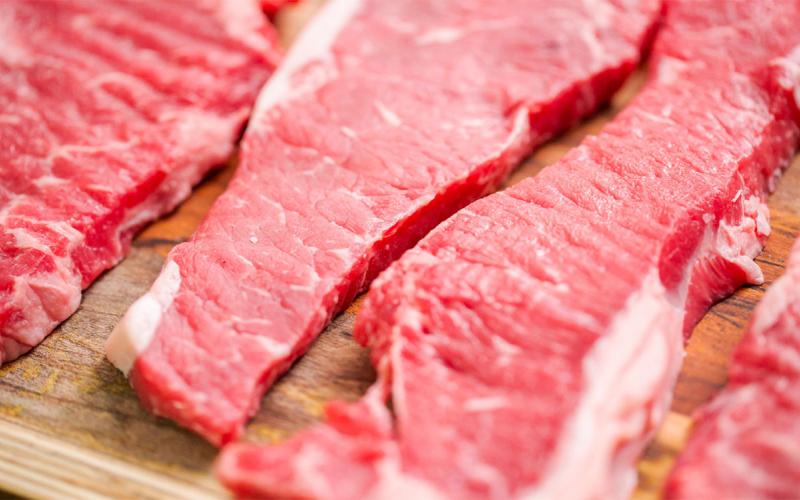
Backgrounding Beef Calves on Cover Crops May Improve Steak Tenderness
Can short-term backgrounding diets of beef calves have long term impacts of meat quality? Recent research from the meat science team at South Dakota State University says, “Yes.”